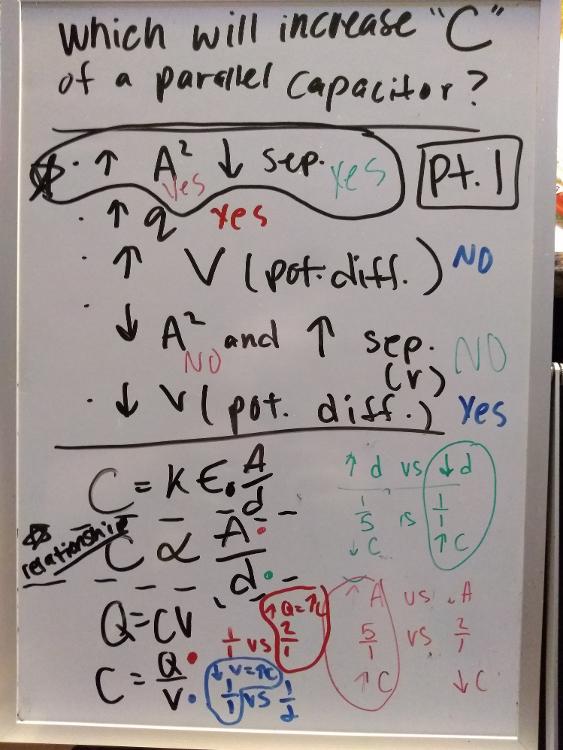

This means that there is a computer program that, in principle, could enumerate all the theorems of the system without listing any statements that are not theorems. The incompleteness theorems show that systems which contain a sufficient amount of arithmetic cannot possess all three of these properties.Ī formal system is said to be effectively axiomatized (also called effectively generated) if its set of theorems is a recursively enumerable set ( Franzén 2005, p. 112) harv error: no target: CITEREFFranzén2005 ( help). There are several properties that a formal system may have, including completeness, consistency, and the existence of an effective axiomatization. The incompleteness theorems are about formal provability within these systems, rather than about "provability" in an informal sense. In other systems, such as set theory, only some sentences of the formal system express statements about the natural numbers. One example of such a system is first-order Peano arithmetic, a system in which all variables are intended to denote natural numbers. In general, a formal system is a deductive apparatus that consists of a particular set of axioms along with rules of symbolic manipulation (or rules of inference) that allow for the derivation of new theorems from the axioms.

Particularly in the context of first-order logic, formal systems are also called formal theories. The incompleteness theorems apply to formal systems that are of sufficient complexity to express the basic arithmetic of the natural numbers and which are consistent and effectively axiomatized.

8.4 Appeals to the incompleteness theorems in other fields.8.1 Consequences for logicism and Hilbert's second problem.6.2 Construction of a statement about "provability".4.1 Undecidable statements provable in larger systems.3.3 Implications for consistency proofs.2.4 Extensions of Gödel's original result.2.1 Syntactic form of the Gödel sentence.1 Formal systems: completeness, consistency, and effective axiomatization.They were followed by Tarski's undefinability theorem on the formal undefinability of truth, Church's proof that Hilbert's Entscheidungsproblem is unsolvable, and Turing's theorem that there is no algorithm to solve the halting problem. The second incompleteness theorem, an extension of the first, shows that the system cannot demonstrate its own consistency.Įmploying a diagonal argument, Gödel's incompleteness theorems were the first of several closely related theorems on the limitations of formal systems. For any such consistent formal system, there will always be statements about natural numbers that are true, but that are unprovable within the system. The first incompleteness theorem states that no consistent system of axioms whose theorems can be listed by an effective procedure (i.e., an algorithm) is capable of proving all truths about the arithmetic of natural numbers. The theorems are widely, but not universally, interpreted as showing that Hilbert's program to find a complete and consistent set of axioms for all mathematics is impossible. These results, published by Kurt Gödel in 1931, are important both in mathematical logic and in the philosophy of mathematics. Gödel's incompleteness theorems are two theorems of mathematical logic that are concerned with the limits of provability in formal axiomatic theories. For other uses, see Bew (disambiguation). The equal pressure stops the water from entering the airlock."Bew" redirects here. The air inside the airlock is compressed at the same pressure as that of the water outside the airlock. Airlocks, for example, are used by deep-sea divers leave and enter their submersible vehicles whilst completely underwater. Knowledge of how pressure works allow engineers to design structures. Does it matter which type of liquid is used? Try a variety of liquids of different densities.The upwards air pressure was much greater than that of the pressure of the water pushing towards the ground – keeping the water in the cup. The air below the card was pushing up into the card.

Depending on the size of your cup, the weight of the water may have been around 250g. Inside the cup there was no air, so the weight inside the cup was coming only from the water. If you look at your thumbnail, you have the equivalent of around 1 kg of weight pushing down on that body part alone! Air molecules are constantly pushing into things, in every direction imaginable.


 0 kommentar(er)
0 kommentar(er)
